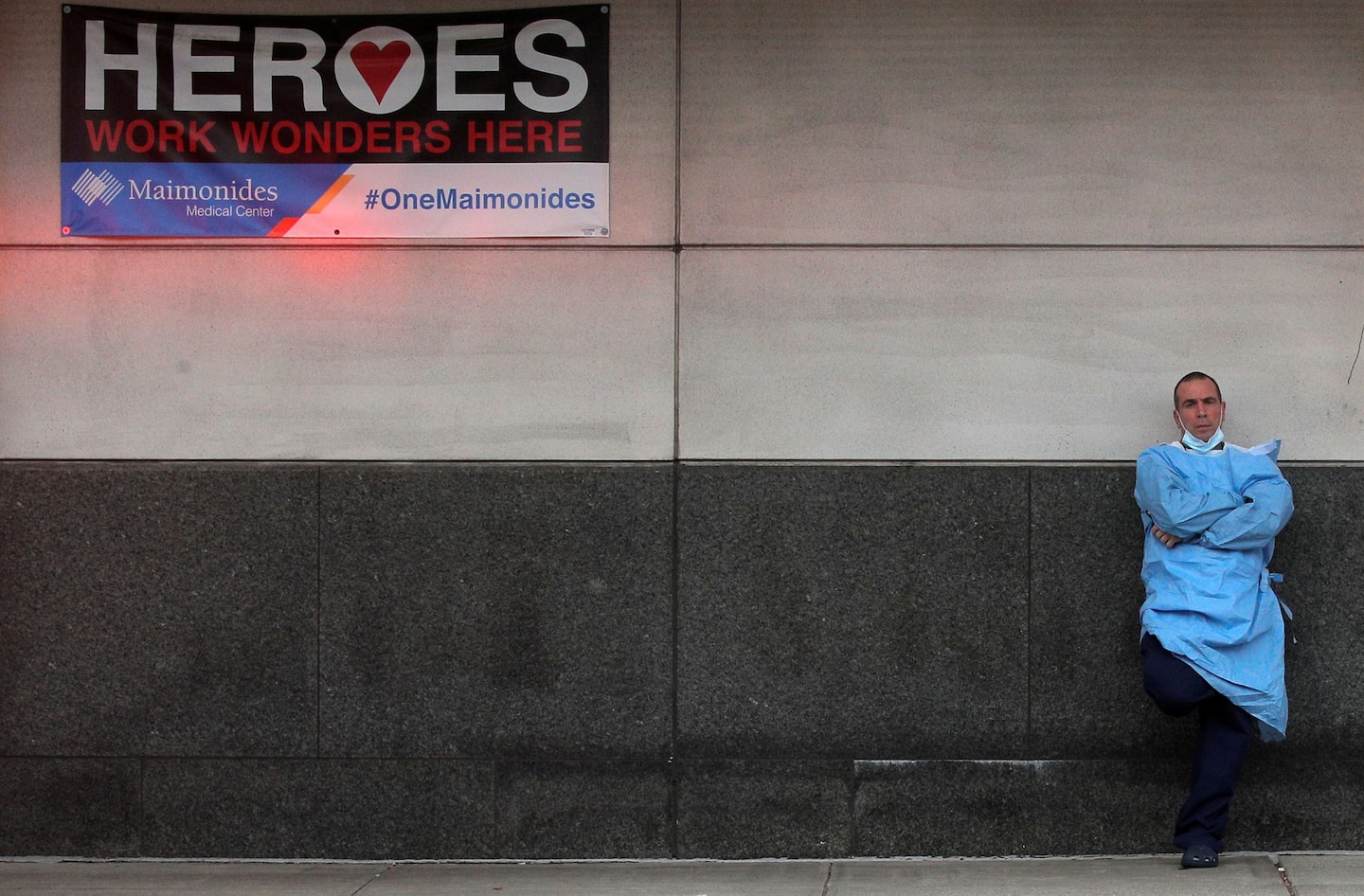Europe is starting to beat the pandemic’s surge. The U.S. is not.

As we enter the second week of December, Europe appears to be rounding the corner. The seven-day average of newly confirmed cases is trending downward after countries imposed lockdowns or other social-distancing mandates, including closing bars and restaurants.
There are clear metrics of national success: After implementing a strict lockdown and closing nonessential businesses, France has brought daily new cases from about 50,000 a day to roughly 10,000. A month ago, Belgium had the worst infection rate in Europe, with experts warning of the potential collapse of the nation’s health-care infrastructure. Now, it has the fifth lowest infection rate on the continent and plans in place to start distributing vaccines in the first week of January.
On Friday, the Italian government announced an easing of restrictions in parts of the country, as coronavirus incidence rates dropped for the second consecutive week. “This does not mean a narrow escape, but it means that the measures have produced effects,” health minister Roberto Speranza told Italian newspaper Il Sole 24 Ore, warning of “still a very difficult game in progress.”
On Sunday, California implemented stay-at-home orders with hospital capacity dipping to critical lows in southern parts of the state. “The return to strict rules aimed at fighting the coronavirus in the country’s most populous state comes as cases and hospitalizations surge around nationwide, prompting tough new restrictions on the economy and daily life,” reported my colleagues. “California has struggled to fight back this fall’s viral onslaught despite political will to enact stringent public health measures, and reported more than 25,000 new coronavirus infections Saturday, an all-time single-day high.”
The surge throughout the United States looks far from waning. For many ordinary Americans, a sense of dread is building as they wait for the arrival of vaccines. “What qualifies as an emergency?” said Bruce MacGillis, a resident of a covid-impacted Ohio nursing home, to my colleague Eli Saslow. “It feels like I’m on the Titanic, and we’re sinking.”
Experts fear that the worst is yet to come, with the United States possibly in line for a post-Thanksgiving bump over the next two weeks after millions of Americans eschewed public guidance to travel and meet in large gatherings for the annual holiday. “The numbers in and of themselves are alarming, and then you realize that it is likely we’ll see more of a surge as we get two to three weeks past the Thanksgiving holiday,” said Anthony S. Fauci, the U.S.’s top infectious-disease expert, Friday on NBC. “The thing that concerns me is that abuts right on the Christmas holiday as people start to travel and shop and congregate, so that’s the reason why we plead … [for] uniform wearing of masks, keep distances to the best possible way you can, avoid crowds … and if you are indoors … always wear your mask.”
“The covid risk to all Americans is at a historic high,” the White House’s coronavirus task force told governors Sunday, according to ABC News. “We are in a very dangerous place due to the current, extremely high covid baseline and limited hospital capacity.”
But President Trump, who continues to spout falsehoods about the election he lost, is hardly amplifying such warnings. Instead, Fauci’s entreaties have often fallen on deaf ears. He is an apolitical public health figure, but his calls for social distancing and mask-wearing were vilified for months by the American right, including a number of Republican congressmen. In few other countries in the West has the response to the pandemic turned along such nakedly partisan lines.
Europe’s own struggles underscore how dangerous the virus proved even in contexts where there was greater political consensus. After standing out as a covid success story for much of the year, “Germany now has higher per capita infection rates than any of the five biggest countries in Europe besides Italy,” reported my colleague Loveday Morris. Unlike the more stringent measures some of its neighbors put in place as the second wave hit, Germany imposed a “lockdown light,” where hair salons and many other businesses were kept open. The country’s federal structure also means it’s tougher to implement uniform restrictions.
“Even when Germany was seen as so successful, and taken as an example for many, we always knew we were always looking at one window of time,” Lothar Wieler, the head of Germany’s Robert Koch Institute, the federal agency responsible for infectious-disease control, said last week. “Right now, we just can’t get the numbers down. The situation remains very tense.”
That’s also a reflection of widespread fatigue with pandemic-induced restrictions. This autumn, Europe paid the price both for a lax summer where travel and tourism resumed for much of the continent as well as the reluctance of governments to reimpose unpopular lockdowns.
“There was a certain hesitancy to reintroduce the measures after the summer, because we all knew what they meant in terms of the economy and society,” said Bruno Ciancio, the head of disease surveillance at European Centre for Disease Prevention and Control, to the New York Times. “That hesitancy didn’t really pay off. When you reach the levels that you see now, you have to go back to those measures anyway, but the price you pay is very high in terms of hospitalizations and deaths.”
Read more:






